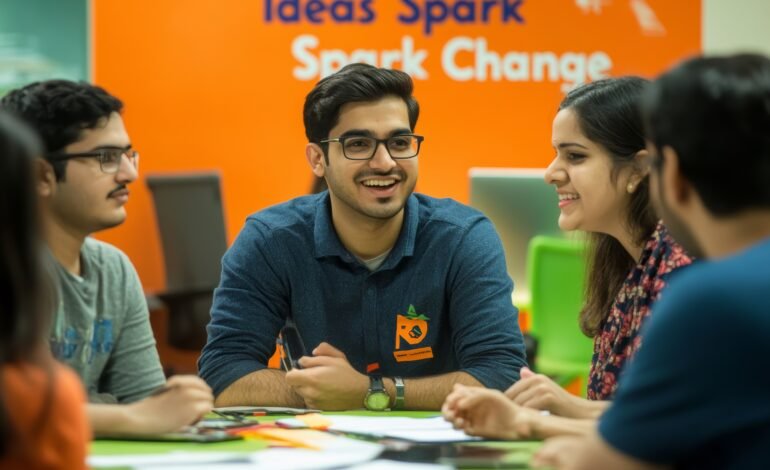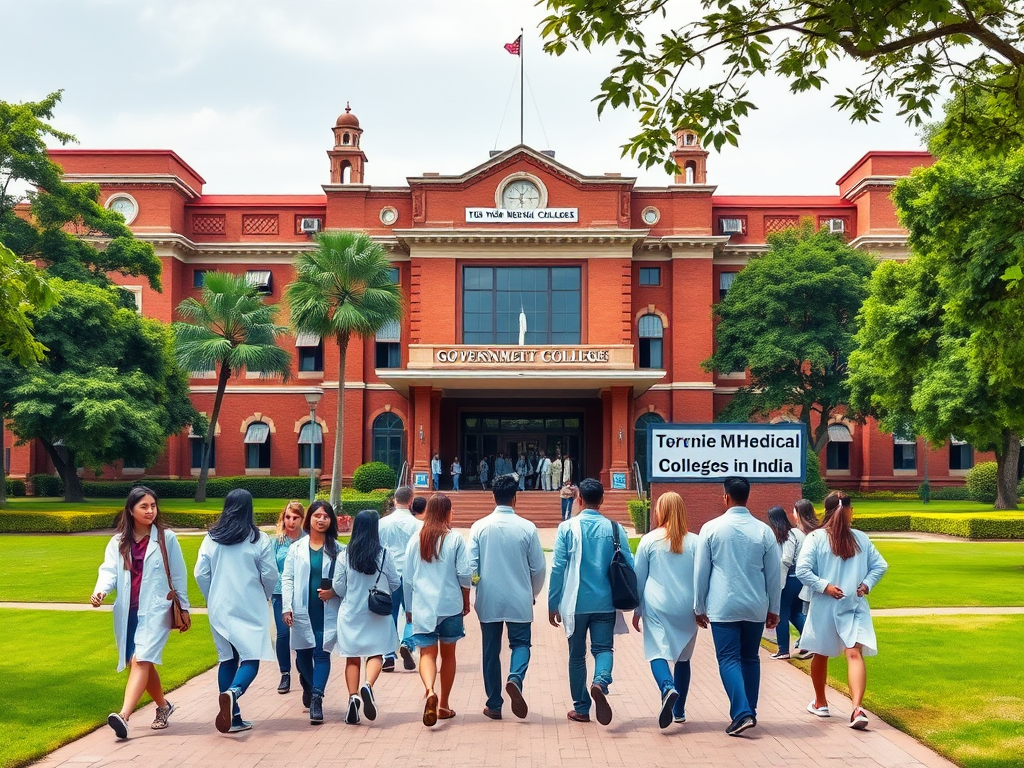Discovering India: A Tapestry of History, Culture, and Diversity | SarkariNewOffer.com

The Rich History of India: A Journey Through Time
India’s history is one of the oldest and most complex in the world, spanning over 5,000 years. Discovering India means exploring a land that has witnessed the rise and fall of empires, the birth of religions, and the evolution of art, science, and philosophy.
The Indus Valley Civilization (3300–1300 BCE)
- One of the world’s earliest urban civilizations, the Indus Valley Civilization flourished in present-day Pakistan and northwest India.
- Known for its advanced city planning, drainage systems, and craftsmanship, it laid the foundation for India’s cultural and architectural legacy.
- Key sites include Mohenjo-Daro and Harappa, which showcase the ingenuity of ancient Indian society.
The Vedic Period (1500–500 BCE)
- The arrival of the Aryans marked the beginning of the Vedic era, characterized by the composition of the Vedas, the oldest sacred texts of Hinduism.
- This period saw the development of early Indian philosophy, rituals, and social structures.
The Maurya and Gupta Empires (322 BCE–550 CE)
- The Maurya Empire under rulers like Chandragupta Maurya and Ashoka unified much of the Indian subcontinent and promoted Buddhism.
- The Gupta Empire is often referred to as the “Golden Age of India,” marked by advancements in science, mathematics, astronomy, and literature.
Medieval India (8th–18th Century)
- This era saw the rise of powerful dynasties like the Cholas, Rajputs, and Mughals, who left behind a legacy of stunning architecture, including the Taj Mahal, Qutub Minar, and Red Fort.
- The Mughal Empire is celebrated for its cultural synthesis, blending Persian, Turkish, and Indian influences.
Colonial Era and Independence (1757–1947)
- The British East India Company’s rule and subsequent British colonization shaped modern India’s political and economic landscape.
- The Indian independence movement, led by figures like Mahatma Gandhi, Jawaharlal Nehru, and Subhas Chandra Bose, culminated in India’s independence in 1947.
The Vibrant Culture of India: A Celebration of Traditions
Discovering India means immersing yourself in a vibrant mosaic of art, music, dance, festivals, and cuisine. India thrives on its diversity, with each region offering its own unique traditions.
Festivals in India
- Diwali: The festival of lights, celebrated with lamps, fireworks, and sweets, symbolizes the victory of light over darkness.
- Holi: The festival of colors marks the arrival of spring and is celebrated with vibrant powders and water.
- Eid, Christmas, and Pongal: These festivals reflect India’s secular ethos, with people of all religions celebrating together.
Art and Craft
- India is renowned for its handicrafts, including Madhubani paintings, Rajasthani block printing, and Kashmiri Pashmina shawls.
- Traditional art forms like Warli paintings and Tanjore art continue to thrive, preserving India’s artistic heritage.
Music and Dance
- Classical music forms like Hindustani and Carnatic music are deeply rooted in Indian culture.
- Dance forms such as Bharatanatyam, Kathak, Odissi, and Kuchipudi are not just performances but expressions of devotion and storytelling.
Indian Cuisine
- Indian cuisine is as diverse as its culture, with each region offering its own specialties.
- From the spicy curries of the south to the rich Mughlai dishes of the north, Indian food is a sensory delight.
The Incredible Diversity of India: Unity in Diversity
Languages of India
- India is home to over 22 officially recognized languages and hundreds of dialects.
- Hindi, Bengali, Telugu, Marathi, and Tamil are among the most widely spoken languages.
Religions in India
- India is the birthplace of Hinduism, Buddhism, Jainism, and Sikhism.
- It is also home to significant Muslim, Christian, and Parsi communities, reflecting its religious diversity.
Regional Cuisine
- Each region of India has its culinary traditions.
- From the dosas and idlis of the south to the butter chicken and kebabs of the north, Indian cuisine is a reflection of its cultural diversity.
Exploring India’s Natural Beauty: A Land of Contrasts
The Himalayas
- The world’s highest mountain range offers trekking, skiing, and spiritual retreats.
- Destinations like Ladakh, Shimla, and Manali are popular among travelers.
Beaches
- India’s coastline stretches over 7,500 kilometers, with pristine beaches in Goa, Kerala, and the Andaman Islands.
Wildlife
- India is home to a rich variety of wildlife, including tigers, elephants, and rhinos.
- National parks like Ranthambore, Kaziranga, and Jim Corbett are must-visit destinations for wildlife enthusiasts.
Why India Stands Out: A Blend of Tradition and Modernity
Discovering India means witnessing its ability to embrace modernity while preserving its traditions. Whether it’s Bangalore’s IT hubs or Varanasi’s spiritual ghats, India seamlessly blends the old and the new.
Conclusion: Discovering India’s Soul
India is more than just a country; it is an experience. Discovering India through its history, culture, and diversity creates a tapestry that is as intricate as it is beautiful. Whether you’re exploring its ancient monuments, participating in its vibrant festivals, or savoring its diverse cuisine, India leaves an indelible mark on your soul.







